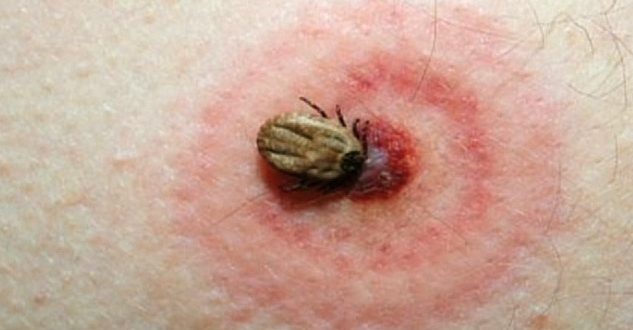Toronto health officials say the risk of acquiring Lyme disease in Toronto is low but are nonetheless advising residents to be on the lookout for black-legged ticks as the weather begins to warm up.
The City of Toronto has posted signs where black-legged ticks are known to be found but are still telling people to take precautions while outdoors in wooded areas.
What Are the Symptoms of Lyme Disease?
In the early stages of Lyme disease, you may experience flu-like symptoms that can include a stiff neck, chills, fever, swollen lymph nodes, headaches, fatigue, muscle aches, and joint pain. You also may experience a large, expanding skin rash around the area of the tick bite. In more advanced disease, nerve problems and arthritis, especially in the knees, may occur.
How Is Lyme Disease Treated?
In its early stages, Lyme disease can be effectively treated with antibiotics. In general, the sooner such therapy is begun following infection, the quicker and more complete the recovery. Antibiotics, such as doxycycline or amoxicillin taken orally for two to four weeks, can speed the healing of the rash and can usually prevent subsequent symptoms such as arthritis or neurological problems. There is no compelling evidence that prolonged antibiotic therapy is more effective than two weeks of therapy. Prolonged antibiotic use may have serious side effects.
Intravenous (IV) antibiotics may be used for more serious cases and for someone whose nervous system has been affected. Lyme disease with arthritis also can be treated with antibiotics. Most patients experience full recovery.
Patients younger than 9 years or pregnant or lactating women with Lyme disease are treated with amoxicillin or penicillin because doxycycline can stain the permanent teeth developing in young children or unborn babies. Patients allergic to penicillin are given erythromycin or related antibiotics.
Doctors prefer to treat Lyme disease patients experiencing heart symptoms with antibiotics such as Rocephin, Claforan, or penicillin given intravenously for about two weeks. If these symptoms persist or are severe enough, patients may also be treated with corticosteroids or given a temporary internal cardiac pacemaker. People with Lyme disease rarely experience long-term heart damage.
Agencies/Canadajournal

 Canada Journal – News of the World Articles and videos to bring you the biggest Canadian news stories from across the country every day
Canada Journal – News of the World Articles and videos to bring you the biggest Canadian news stories from across the country every day

